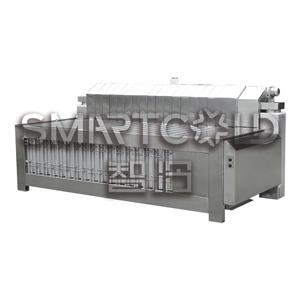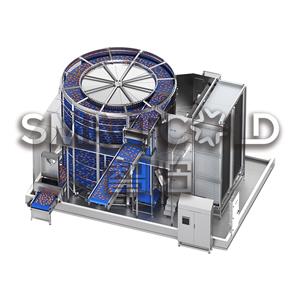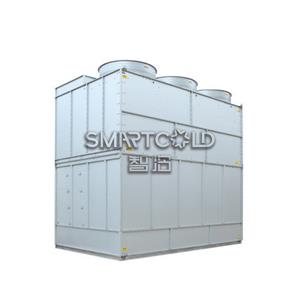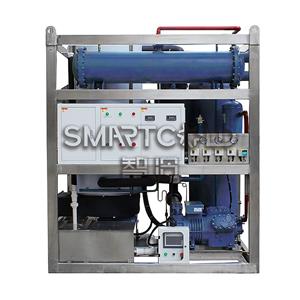Solutions For Ammonia

Proven and easy to control
Ammonia (R717) was already in use back in the 19th century. With an ODP and GWP of zero, it is a particularly climate-friendly refrigerant and also a particularly efficient one. It has excellent thermodynamic properties, reflected in very low operating costs for refrigeration technology. It has consistently been used in food processing plants, the beverage and dairy industries, as well as in breweries and cold stores.
Ammonia has the potential to conquer many other areas. Whether air conditioning of airports, sports centers or office buildings or for high-performance heat pumps: ammonia is the first choice for systems with refrigeration/heating capacities of about 300 kW and more.
Well-thought-out design = key
The key to efficiency is a safe and well-thought-out system design. For example, all components in contact with ammonia must be made of stainless steel and oil separators must be provided because the refrigerant cannot dissolve the oil. In addition, any leaks must be reliably detected and deaeration must be ensured, as ammonia is toxic and flammable in high concentrations.
However, ammonia is known to be an "honest" refrigerant: the human nose can perceive it very easily because of its highly pungent odor - long before it reaches a concentration that is hazardous to health. Even at 10% of the permissible workplace concentration, you can clearly smell it.
The synthetic refrigerants classified as safe do not provide this kind of "early warning system" - a rapidly perceptible typical smell. In addition, they are often heavier than air. So are they really safer? Ammonia gas rises, which simplifies ventilation and further reduces the risk of poisoning.
In order to provide additional safety, ammonia can be limited to the central refrigeration unit in office buildings and similar structures; the energy for cooling the rooms then reaches the consumers via a network of pipes filled with brine (simplified: a water-salt mixture). Where few people are present, cooling with direct evaporators (directly connected to the ammonia network) can offer advantages, as pump energy is saved and losses in heat transfer are avoided.





